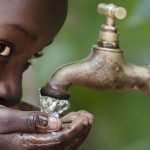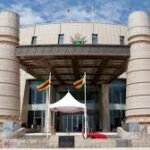George Chimwayange
Infrastructure which was last upgraded over 50 years ago has been blamed for Gweru City Council’s failure to supply clean water to its residents despite its two main water sources, Gwenhoro and Amaponongwe dams being 90 percent full in capacity, a recent report revealed.
The Public Resource Management and Situational Report of May 2021 by Zimbabwe Coalition on Debt and Development (ZIMCODD) revealed that the local authority continues to tighten water rationing in areas around the city where some areas have gone for long with dry taps.
“Although water is a basic human right and a key to achieving gender equality and household food security, water shortages continue to manifest themselves in Gweru and other cities,” reads the report.
Gweru Mayor Councillor Josiah Makombe attributed the water shortages to challenges in maintaining a dilapidated infrastructure, some of which was last upgraded 54 years ago.
“The water situation in Gweru is mainly because of an obsolete infrastructure the city has.
“The treatment plant was put in place in 1967 and has never been upgraded nor changed in spite of the growth in the city’s population from 170 000 then to approximately 350 000 people,” said Makombe
The city of Gweru was once hit by a typhoid outbreak which claimed many lives in 2008 and this current situation poses another looming health disaster.
Hwange town was also mentioned in the report as it faces a similar challenge of failure to access clean water despite being next to Zambezi River.







